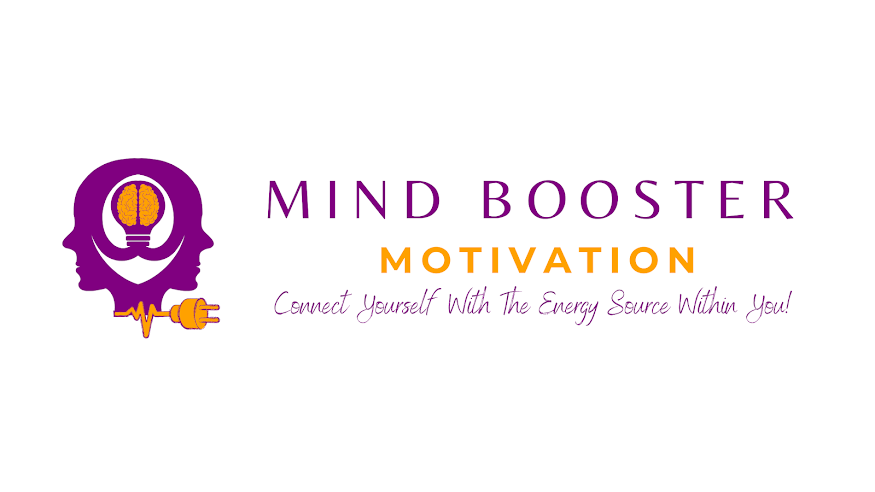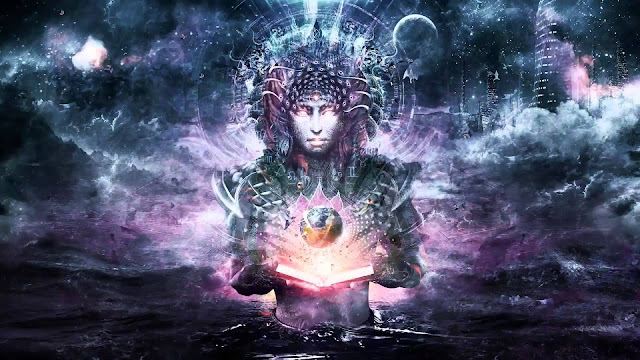When innovation, science, mysticism, and magic synchronize together, spirituality blossoms in the world!
Spirituality is a deeply personal and transformative aspect of human existence. It encompasses our connection to something greater than ourselves and the pursuit of meaning and purpose in life. While traditionally associated with religious practices, spirituality extends beyond specific belief systems and can be explored through various lenses, including innovation, science, mysticism, and magic. When these diverse elements come together and harmonize, they have the potential to deepen our spiritual understanding, broaden our perspectives, and facilitate personal growth. This essay will delve into each of these components and explore how their synchronization can lead to the blossoming of spirituality in the world.
I. Innovation and Spirituality
Innovation is the driving force behind progress and change in human societies. It involves the creation and application of new ideas, technologies, and approaches to problem-solving. In the realm of spirituality, innovation can play a crucial role in expanding our understanding and practice of spirituality.
a) Technological Advancements: The rapid advancement of technology in recent decades has had a profound impact on spirituality. From virtual reality experiences that simulate spiritual environments to meditation apps that guide individuals in their spiritual practices, technology has provided innovative tools to aid in spiritual exploration. These advancements have made spiritual practices more accessible to a wider audience and have created new avenues for connecting with one's spirituality.
b) Communication and Connectivity: Innovations in communication technology, such as social media and online platforms, have revolutionized the way people connect and share their spiritual experiences. Online communities and forums provide spaces for individuals to discuss and exchange spiritual ideas, fostering a sense of belonging and support. The internet has also made it easier to access spiritual teachings, texts, and resources from diverse traditions, enabling individuals to explore and learn about different spiritual paths.
c) Sustainable Practices: Innovation in sustainable technologies and practices can also contribute to spirituality. The recognition of our interconnectedness with the natural world has led to the emergence of eco-spirituality, which emphasizes the sacredness of the Earth and our responsibility to protect it. Innovations in renewable energy, eco-friendly lifestyles, and sustainable agriculture align with spiritual values of reverence for life and the preservation of the environment.
II. Science and Spirituality
Science and spirituality are often perceived as separate domains, with science focusing on empirical evidence and objective observation, while spirituality delves into subjective experiences and matters beyond scientific measurement. However, when science and spirituality converge, they can complement and enhance each other.
a) Neuroscience and Consciousness: The study of the brain and consciousness has provided scientific insights into the nature of subjective experiences, including those related to spirituality. Neuroscience research has revealed the neural correlates of meditative states, altered states of consciousness, and mystical experiences. This scientific understanding can validate and inform spiritual practices, helping individuals navigate their spiritual journey with a deeper understanding of the underlying processes.
b) Psychology and Self-Exploration: Psychology, particularly transpersonal psychology, explores the spiritual dimensions of human experience. It examines the transformative aspects of spiritual practices and their impact on personal growth and well-being. By integrating psychological principles and spiritual practices, individuals can gain a better understanding of themselves, their motivations, and their spiritual development.
c) Quantum Physics and Mysticism: Quantum physics, with its exploration of the fundamental nature of reality, has drawn parallels with mystical and spiritual traditions. Concepts such as interconnectedness, non-duality, and the observer effect resonate with spiritual teachings. The convergence of quantum physics and mysticism offers a bridge between scientific and spiritual worldviews, inviting a deeper exploration of the nature of existence and consciousness.
III. Mysticism and Spirituality
Mysticism encompasses the direct experience of the divine or transcendent through personal exploration and contemplative practices. It is often characterized by a deep sense of connection, inner transformation, and the pursuit of spiritual truth.
a) Contemplative Practices: Mysticism relies heavily on contemplative practices such as meditation, prayer, and introspection. These practices cultivate a receptive state of mind, allowing individuals to access deeper levels of consciousness and connect with the spiritual realm. By incorporating innovative techniques and tools, such as biofeedback devices or brainwave entrainement technology, contemplative practices can be enhanced, facilitating profound spiritual experiences.
b) Ecstasy and Altered States of Consciousness: Mystical traditions often emphasize the attainment of altered states of consciousness or ecstatic experiences as gateways to spiritual transcendence. Such states can be induced through various means, including breathwork, chanting, drumming, or entheogenic substances. The responsible and intentional use of these methods, guided by scientific understanding and innovation, can help individuals explore altered states safely and ethically, leading to profound spiritual insights.
c) Symbolism and Ritual: Symbolism and ritual are integral to many mystical and spiritual traditions. Symbols represent archetypal meanings and can serve as gateways to spiritual understanding. Rituals, whether individual or communal, provide a structured framework for connecting with the divine and cultivating a sense of spiritual presence. By incorporating innovative approaches to symbolism and ritual, individuals can revitalize and personalize their spiritual practices, fostering a deeper sense of meaning and connection.
IV. Magic and Spirituality
Magic, often associated with esoteric traditions, involves the exploration and manipulation of unseen forces and energies to bring about desired outcomes. Although magic is diverse and varies across cultures and traditions, its integration with spirituality can provide a unique and transformative pathway.
a) Intention and Manifestation: Magic often emphasizes the power of intention and focused thought to manifest desired changes in the world. This aligns with spiritual teachings that highlight the role of consciousness in shaping reality. By incorporating scientific understanding of intentionality and consciousness, individuals can explore the interplay between magic, spirituality, and the potential to manifest their intentions in alignment with their spiritual path.
b) Energy Work and Healing: Many magical systems involve the manipulation and channeling of energy for healing purposes. Spiritual traditions also recognize the existence of subtle energy fields within and around individuals. The integration of scientific understanding of energy fields, such as biofield research and energy medicine, with magical and spiritual practices can offer innovative approaches to energy work, enhancing spiritual healing and well-being.
c) Symbolic Systems and Archetypes: Magic often employs symbolic systems, such as tarot cards, runes, or astrology, as tools for divination and self-reflection. These systems tap into universal archetypes and offer insights into personal and collective narratives. By integrating innovative technologies and psychological understanding, individuals can explore these symbolic systems in new ways, fostering personal growth, self-awareness, and spiritual connection.
However, as a final assumption we can say: Innovation, science, mysticism, and magic, when synchronized and harmonized, can create a fertile ground for the blossoming of spirituality in the world. The integration of innovative technologies and scientific understanding with mystical and magical practices deepens our understanding of spirituality and expands our spiritual horizons. It allows for the exploration of altered states of consciousness, the validation of subjective experiences through neuroscience, the alignment of ecological values with spiritual principles, and the personalization of spiritual practices through symbolism and ritual.
Meanwhile, it is essential to approach the synchronization of these elements with discernment and respect for their unique qualities. The convergence of innovation, science, mysticism, and magic should not undermine the essence of spirituality or reduce it to mere quantifiable or manipulative practices. Rather, their integration should enrich and augment spiritual exploration, providing new tools, perspectives, and possibilities for individuals to deepen their spiritual connection and find meaning and purpose in their lives
Thanks... #mindboostermotivation







Comments
Post a Comment